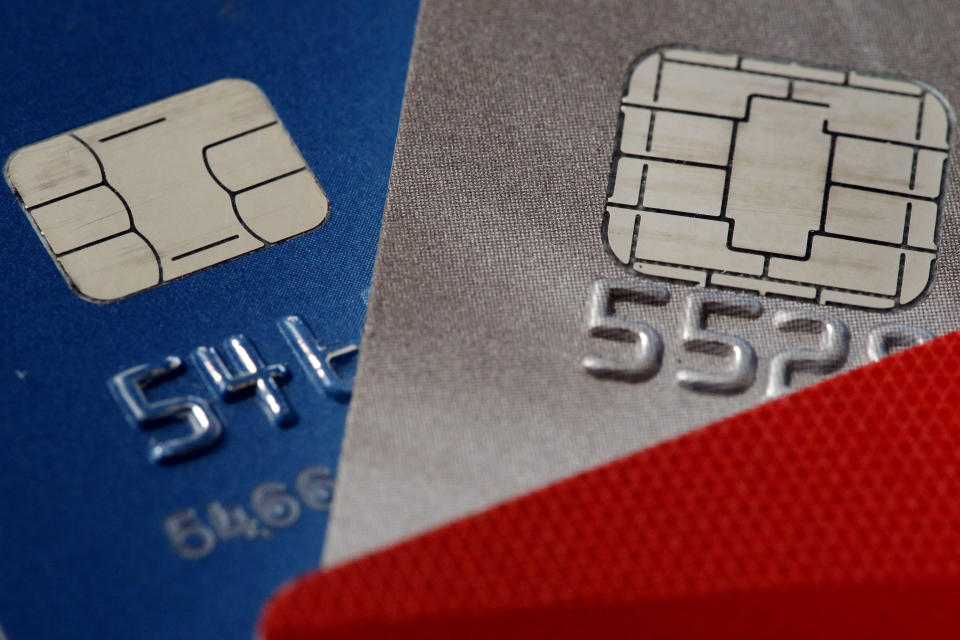Square is crushing the competition on chip card speed

Square (SQ) said Wednesday that its chip-card transactions now take just two seconds, narrowing the irritating speed gap between the old swipe method and new cards.
Though the speedy two-second wait is only for transactions through Square’s 2 million-plus sellers, it’s nevertheless proof that chip cards don’t have to be slow.
The San Francisco-based mobile payments partnered with Mastercard (MA) on the project to shorten the time for transactions involving the global chip-card standard known as EMV (which stands for Europay, Mastercard, and Visa).
Elsewhere in the wild, research has found chip cards can take up to 10 seconds or longer to process, though there aren’t reliable stats to obtain a national average.
Chip card transactions, which became mainstream in the U.S. in 2015, promised far more security and fraud-protection. But these impersonal benefits — which provided the most benefit to retailers and banks that had to foot fraud charges — often are outweighed by the annoyance of longer lines and checkout times.
The changes have also irritated brick-and-mortar retailers during a key time as they face increased competition from online retailers. In some cases, retailers choose to risk fraud and revert to swipes in order to move lines.
“Taking an EMV payment in as little as two seconds helps speed up the line for our sellers, gives time back to their customers, and reduces in-store fraud in the U.S,” said Jesse Dorogusker, head of hardware for Square, which lets individuals and businesses accept online payments on a smartphone or tablet computer. “Square sellers don’t need to compromise performance to reap the benefits of newer, more secure technology like EMV.”
Square will also allow retailers to stop collecting signatures, following the April announcement that all the major credit card networks (Visa, Mastercard, Amex, Discover) stopped requiring signatures. Square cited decreases of in-store card fraud thanks to the security from the chip technology.
For payments, the next steps will likely involve promoting the use of contactless payments, something Square says it’s been pushing, rather than simply getting the time down further. It’s standard in other countries, faster, and more seamless. In fact, it’s more akin to the active swipe that some consumers miss that kept the payment process in motion, not stuck in a pause.
–
Ethan Wolff-Mann is a writer at Yahoo Finance focusing on consumer issues, retail, personal finance, and more. Follow him on Twitter @ewolffmann.